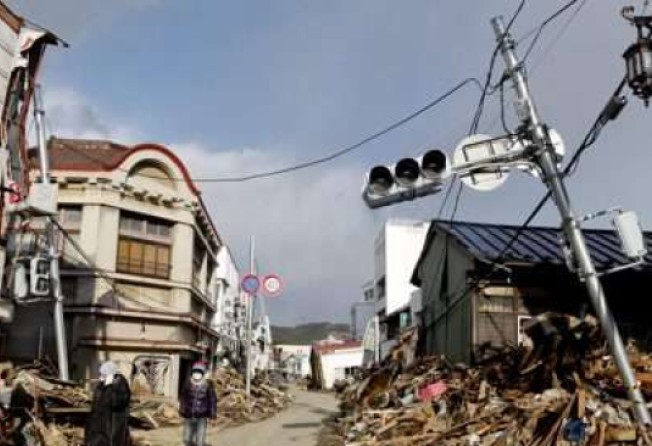Five years after triple disaster in Japan, there are some lessons still to be learned
Japan will not properly be prepared for the next catastrophe unless authorities overhaul their practices and ideas

Five years ago today, the triple disaster of an earthquake, tsunami and the world’s second-worst nuclear reactor meltdown struck Japan’s Tohoku region. Images of the giant waves thundering towards land and smashing onto the shore, destroying all in their path, are as chilling now as they were when we first saw them. In an instant, the nation’s safety culture was wrecked and as the scale of the catastrophe set in, strengths and weaknesses became apparent. Of the lessons learned, the one that needs the most attention is the deficit in governance.
Almost 20,000 people in the northeastern prefectures of Miyagi, Iwate and Fukushima perished and hundreds of billions of dollars of damage was caused. The belief that nuclear energy was risk-free was destroyed; the partial meltdown of three reactors at the Fukushima Daiichi power plant after the tsunami hit sparked alarm and a shutdown of all 54 plants in the country. At least 100,000 nearby residents were evacuated and tens of thousands are still unable to return home due to radiation. The farming and tourism on which the region so heavily depends have still to recover.
Quakes and tsunami are a regular occurrence in Japan, but emergency systems were not prepared for a temblor of 9.0 in magnitude or wall of water 40 metres high. In too many places, protective measures failed and it was the compassion, orderliness and resilience of Japanese society that saved lives, provided comfort and ensured shelter and food. The recovery effort depended more on volunteers mobilised by social networks than government response systems. Authorities have done much to correct the shortcomings, but need to do more .
Preparedness laws have been revised three times, up to 90 per cent of houses are now quake-proof and the number of tsunami evacuation shelters has been increased sixfold. A controversial US$6.8 billion programme is under way to protect 400km of coastline with sea walls up to 12.5 metres high. Three former executives of the Tokyo Electric Power Company, the operator of the Fukushima plant, will stand trial, finally offering a chance to provide the transparency so necessary to answer questions to ensure better safety and oversight. Lessons have been learned and efforts taken to address them. A new government policy for reconstruction of damaged areas has been approved. A new nuclear regulatory regime is in place and reactors will gradually come back online, although it will take time for confidence to be restored. But Japan will not properly be prepared for the next disaster unless authorities overhaul their practices and ideas.